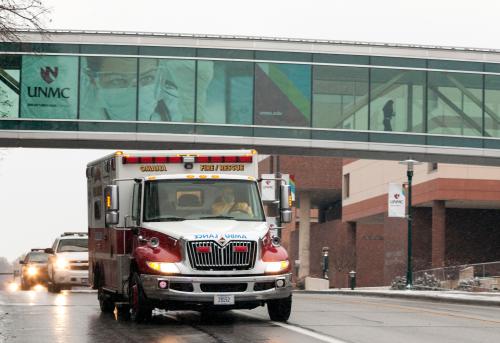As the nation still struggles with high healthcare costs that consume larger and larger portions of patient budgets as well as government coffers, the search for ways to get costs under control continues. Total healthcare spending in the U.S. now represents almost 18 percent of our entire economy. One promising cost-savings approach is called “reference pricing,” where the insurer establishes a price ceiling on selected services (joint replacement, colonoscopy, lab tests, etc.). Often, this price cap is based on the average of the negotiated prices for providers in its network, and anything above the reference price has to be covered by the insured consumer.
A study published in JAMA Internal Medicine by James Robinson and colleagues analyzed grocery store Safeway’s experience with reference pricing for laboratory services such as such as a lipid panel, comprehensive metabolic panel or prostate-specific antigen test. Safeway’s non-union employees were given information on prices at all laboratories through a mobile digital platform and told what Safeway would cover. Patients who chose a lab charging above the payment limit were required to pay the full difference themselves.
Employers see this type of program as a way to incentivize employees to think through the price of services when making healthcare decisions. Employees enjoy savings when they switch to a provider whose negotiated price is below the reference price, whereas if they choose services above it, they are responsible for the additional cost.
Robinson’s results show substantial savings to both Safeway and to its covered employees from reference pricing. Compared to trends in prices paid by insurance enrollees not subject to the caps of reference pricing, costs paid per test went down almost 32 percent, with a total savings over three years of $2.57 million – patients saved $1.05 million in out-of-pocket costs and Safeway saved $1.7 million.
I wrote an accompanying editorial in JAMA Internal Medicine focusing on different types of consumer-driven approaches to obtain lower prices; I argue that approaches that make the job simpler for consumers are likely to be even more successful. There is some work involved for patients to make reference pricing work, and many may have little awareness of price differences across laboratories, especially differences between those in some physicians’ offices, which tend to be more expensive but also more convenient, and in large commercial laboratories. Safeway helped steer their employees with accessible information: they provided employees with a smartphone app to compare lab prices.
But high-deductible plans like Safeway’s that provide extensive price information to consumers often have only limited impact because of the complexity of shopping for each service involved in a course of treatment — something close to impossible for inpatient care. In addition, high deductibles are typically met for most hospitalizations (which tend to be the very expensive), so those consumers are less incentivized to comparison shop.
Plans that have limited provider networks relieve the consumer of much complexity and steer them towards providers with lower costs. Rather than review extensive price information, the consumer can focus on whether the provider is in the network. Reference pricing is another approach that simplifies—is the price less than the reference price? What was striking about Robinson’s results is that reference pricing for laboratories was employed in a high-deductible plan, showing that the savings achieved—in excess of 30 percent compared to a control—were beyond what the high deductible had accomplished.
While promising, reference pricing cannot be applied to all medical services: it works best for standardized services and where variation in quality is less of a concern. It also can be applied only to services that are “shoppable,” which is only about one-third of privately-insured spending. Even if reference pricing expanded to a number of other medical services, other cost containment approaches, including other network strategies, are needed to successfully contain health spending and lower costs for non-shoppable medical services.
Editor’s note: This piece originally appeared in JAMA.
The Brookings Institution is committed to quality, independence, and impact.
We are supported by a diverse array of funders. In line with our values and policies, each Brookings publication represents the sole views of its author(s).










Commentary
More than price transparency is needed to empower consumers to shop effectively for lower health care costs
July 26, 2016